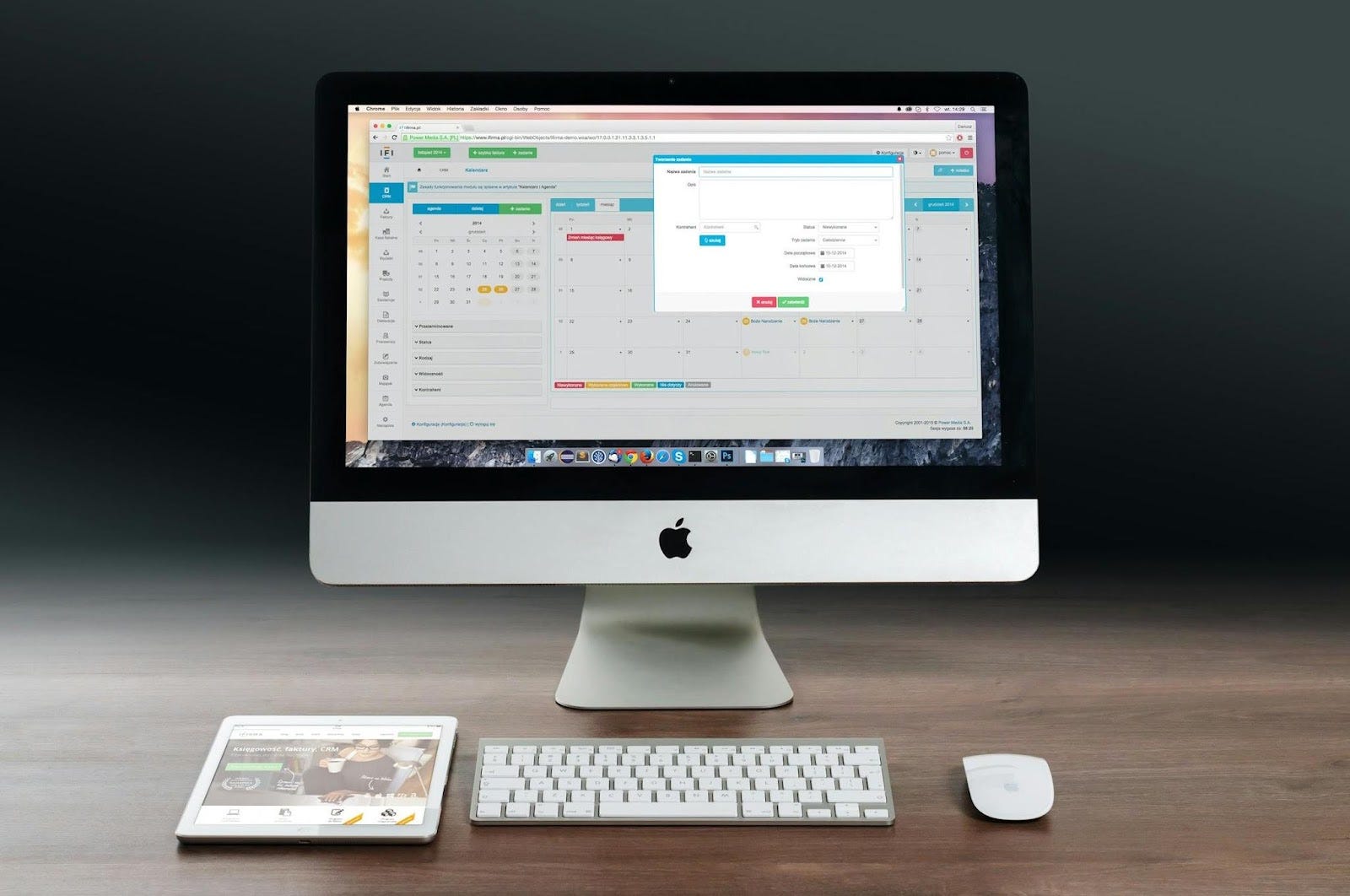- Published on
6 Essential Software Tools for HVAC Companies in 2024
- Authors
- Name
Image Source: Pexels
Effective information management is as crucial as technical know-how for a thriving HVAC business. There's just so much to manage, from client details to payments, that old-school methods can't keep up with.
Meeting the current customer's expectations for speed and service will give businesses adopting the correct software tools a significant advantage in 2024.
The Foundation: Field Service Management Systems
A solid field service management system is at the heart of modern HVAC operations. Service Fusion leads this category by bringing together essential functions like scheduling, invoicing, and customer management in one place.
Think of it as your business's command center --- technicians can access job details from their phones, create invoices on the spot, and track parts used, while office staff can monitor everything in real-time.
Payment and Financial Tools
Getting paid should be simple. Today's payment tools connect directly to your field service software, letting technicians process credit cards, digital payments, or financing options from their phones. When integrated with systems like Service Fusion, payments automatically trigger invoice updates, tax calculations, and customer receipts --- turning a multi-step process into a single tap.
If a business wants to make the billing and payment process more accessible, HVAC invoice software can help. This type of software has features specific to the HVAC industry, like customizable templates and automatic reminders for past-due payments.
Inventory Management Solutions
Smart inventory systems don't just count parts. They track how often you use them throughout the year, reorder supplies before you run out, and let you know which truck has what you need. When connected to your field service platform, they automatically track stock levels as techs use them. This way, you can get a correct count with minimal work done.
Scheduling and Dispatch Software
Having technicians in the right place at the right moment can determine how smoothly your daily operations run. Scheduling tools look at where technicians are, their skills, and what the job needs to create the best routes automatically.
They manage emergency calls smartly, locating the closest qualified technician without throwing off the day's plans. When plans change, these systems automatically update customers about arrival times, reducing those "where's my technician?" calls.
Customer Communication Platforms
Modern communication tools handle everything from appointment scheduling to follow-up surveys.
They can handle common customer inquiries automatically, route urgent calls to the right person, and even send out reminders for maintenance. What do you think is the best part? Every interaction with a customer gets recorded, so your team knows what's been talked about and promises made.
Getting These Tools to Collaborate
The real power comes from how these tools connect. When your field service management system links up with your payment tools, inventory system, and communication platform, everything runs smoothly, and information flows without a hitch.
This means you will make fewer mistakes since less time will be spent manually entering data, leaving more time to handle actual HVAC work.
What to Look For When Choosing Software
Before jumping into any new software, consider these key points:
- How well does it work on mobile devices? Your technicians need to access everything easily from their phones.
- Does it integrate with your existing tools, especially your accounting software?
- Is customer support available when needed, including after regular business hours?
- Can it grow with your business, handling more customers and technicians as you expand?
The Hidden Costs of Outdated Systems
The upfront costs of new software make many HVAC companies think twice before investing. However, continuing with outdated technologies usually costs more in the long run. Lost invoices, double-booked appointments, inventory mistakes, missed calls from prospective clients, and endless hours spent on paperwork are some of the costs associated with paper-based systems and manual processes.
Modern software typically pays for itself within months by preventing these common --- and costly --- problems. Companies using outdated systems often lose business to competitors who can respond faster and provide a more professional experience.
Conclusion
You don't have to revolutionize your entire business overnight. Start with your most significant pain point --- scheduling, invoicing, or customer communication. Choose one tool that addresses that specific need, master it, and gradually add more as your team gets comfortable.
The key is to pick software that can grow with you, adding features and connecting with other tools as your needs change.
Remember that the goal is to improve your business, not just modernize it. With the right tools, you can get more work, keep customers happy, and make more money without working longer hours.

